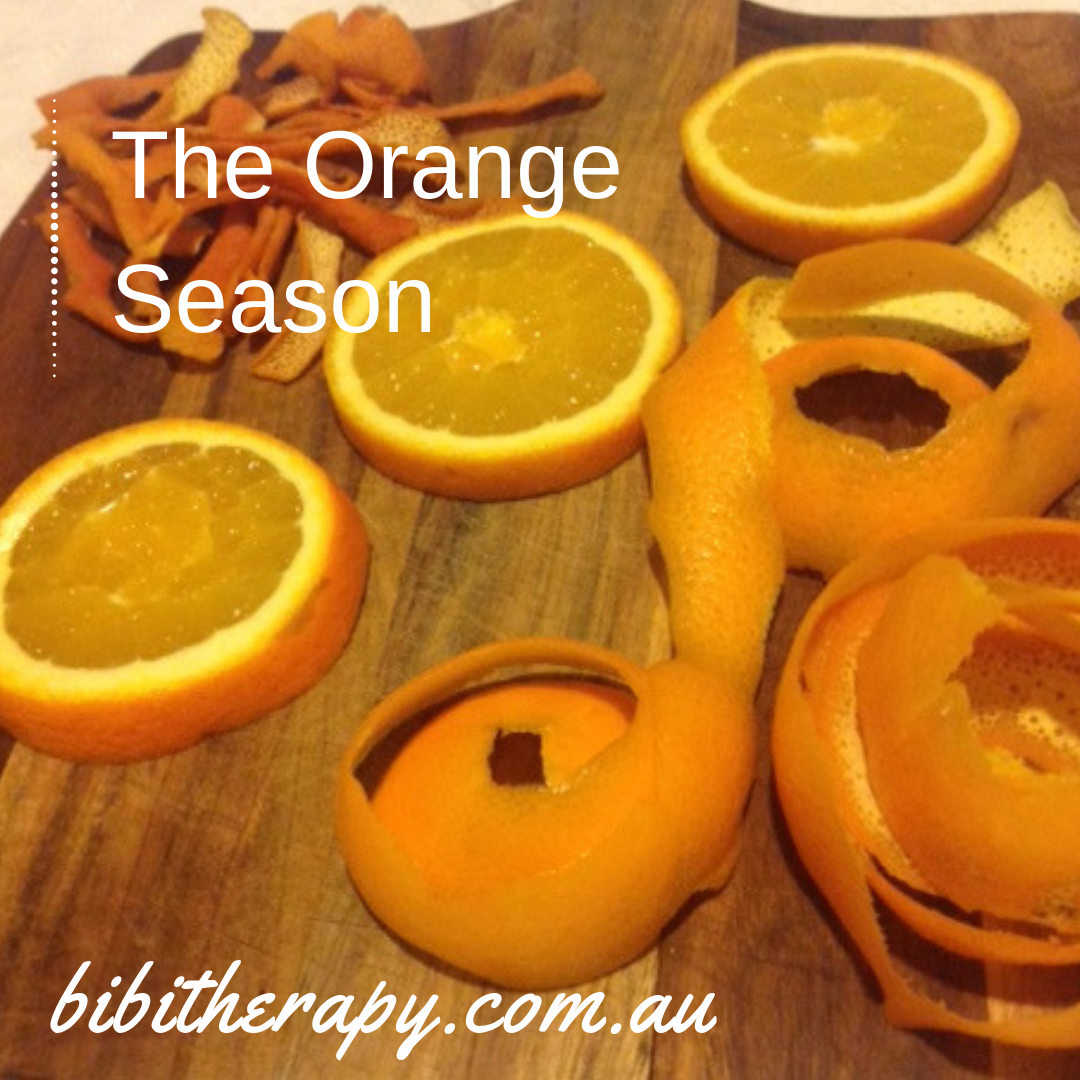Time Tested Solutions for a Healthier Living
I am not a big fan of cold, but I am a big fan of citrus fruits. And now, when the temperatures are dropping into teens the citruses in all their splendour abundance are my go to fruits for many reasons. A not too distant research (Morand et al., 2011), advocated that a component found in oranges, (called hesperidin) may increase the blood flow throughout the body. Interestingly, a little later, another study (Takumi et al., 2012) demonstrated that just eating a few oranges before going out into the cold can make our fingers and toes a little warmer. It makes me wonder, how come the nature knows when to provide these blessed fruits for our benefits?
But did you know that while we all enjoy the juice and the fruit itself, it is the skin peel that brings more health benefits? More often than not it gets thrown out so that the worms in the worm farm benefit.
Soo… you guessed, this blog is more about that orange peel fresh or dry. I’m going to share few ways to use it outlining their beneficial aspects.
#1 Orange Peels Non-toxic Cleaner – Concentrate
There are some specific chemical components, (terpenes, saponins, phenols) in orange peels that make them appealing as natural, non-toxic cleaner. They can be easily extracted using vinegar. Here is how:
- Take 2 cups orange peels (lemon or lime works too);
- Fill a jar with 2-3 cups white vinegar;
- Seal tightly and let it set in a cool dark places for about three weeks;
- Decant using a sieve into another bottle;
This is the CONCENTRATE cleaner. Therefore it must be diluted before use (50/50 is my preferred. You can dilute more if u want).
Surfaces that this cleaner works as tested by BIBI:
- Porcelain, fiberglass;
- Bathroom tiles;
- Shower glass door – excellent soap scum remover;
- Toilet cleaner.
Note: I did not use it on other surfaces.
# 2 Orange Flavoured Salt with Awesome Health Benefits
If the oranges are grown organically, their peels are very useful in cooking with exceptional health benefits (Rafiq et al, 2018).
The chemical components that make the peels clean the surfaces in the house, are also responsible for cleaning the body inside out. So hold your horses and do not be surprised because consuming the peels can benefit the body in the following ways:
-
2a) Weight loss management
- Orange flavoured tea: Make a tea from fresh or dried orange peels (1 teaspoon + 300 ml boiled water, let infuse for 10 minutes, decant and do not let the peels into the tea as it makes it too bitter. It will add a nice twist of flavour to the green or black tea.
- Orange flavoured salt: Grind dried orange peel and mix with herbs (thyme, rosemary are my best friends) and your choice of salt.
-
Immunity booster
,Prevention of heart health disorders
- Use 5 to 9 grams of ground orange peels in serve of yogurt, smoothie or home-made protein bar.
# 3 Orange Infused Oil
In an air-tight jar (0.5 L) add strips of dried orange peel. Cover with olive oil and let it infuse for at least a week in a dark place away from the sunlight. Not only this will make an awesome salad dressing but it will also add a blissful glowing if used on your skin. So what are you waiting for? Start the winter season with some great ways to keep your house, yourself and your skin healthy and glowing.
This oil is perfect for a self-massage: one you can do every day to sooth stress but more importantly to re-energise your body by stimulating the lymph thus helping the body do its own healing. Best time to do it is just before having the bath in the evening.
For more recipes or information on how to aromatically keep your house, yourself and your skin healthy and glowing click contact us.
Disclaimer: I am a qualified holistic wellness and nutrition guide; I am not a medical doctor or nurse and do not play one on the internet. Always check with a doctor or medical professional if a medical need arises.]
References
Morand et al, Am J Clin Nutr, 2011, 93(1):73-80.
Takumi, et al, Food Funct. 2012;3(4):389-98.
Rafiq et al, 2018, J Saudi Soc. Agric Sci 17(4) 351-358.

